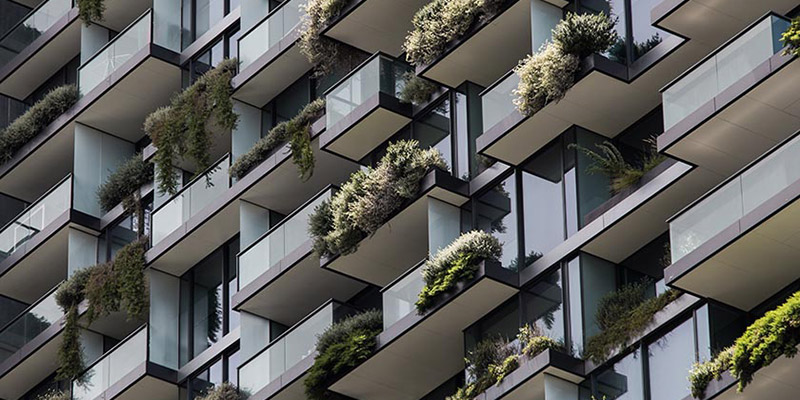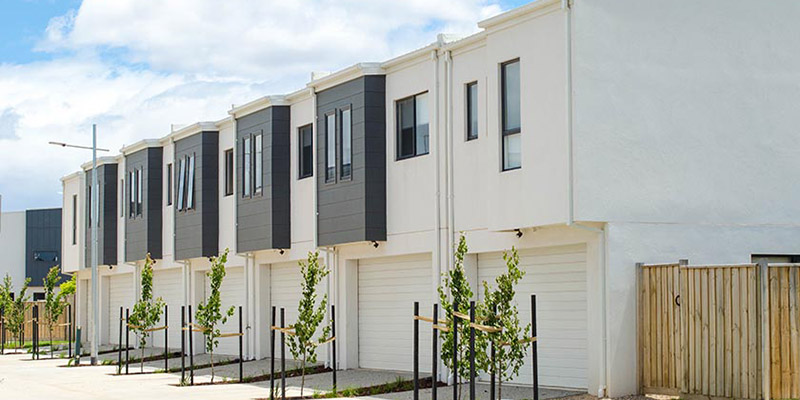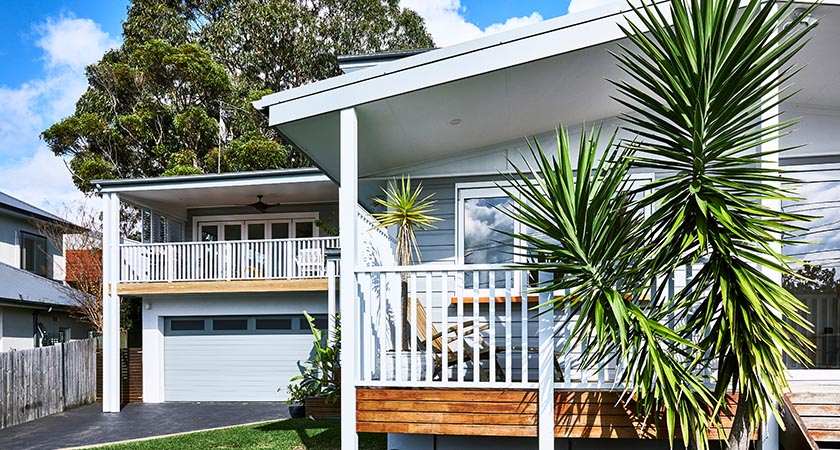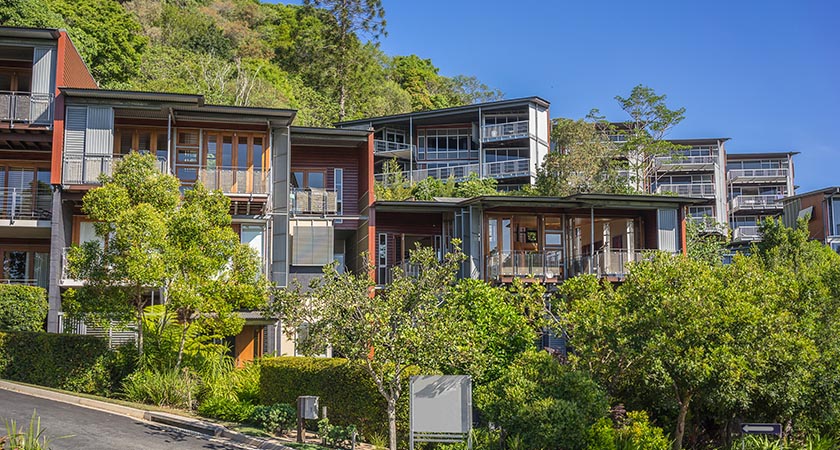What are the different property types in Australia?
One of the first and most important steps in searching for the perfect property investment is understanding exactly what types of properties are out there.
Do you know your terraced house from your townhouse or your villa from a semi-detached?
Australia is home to a diverse range of housing options, each with its own unique features, costs and terminology.
Understanding the different types of homes available in Australia can help you make an informed decision when it comes to buying, renting or searching for a property.
Houses
Houses are the most common and highly sought-after type of home in Australia.
A free-standing house on its own block of land is often considered the epitome of the so-called Australian Dream.
Houses in Australia are usually registered under a Torrens title, which is a single certificate of title for a specific plot of land.
There are local and state regulations that govern the size of the house and any renovations or additions, but for the most part, homeowners have the freedom to make changes to their property as they see fit.
Duplex or semi-detached
Duplexes and semi-detached homes are becoming increasingly popular in Australia, particularly in densely populated or popular areas.
Both developers and homeowners can benefit from building duplexes, as the second half of the duplex can be sold or kept as an investment property. A duplex consists of two homes, which are often mirror images of each other, but sometimes they are completely different.
Duplexes are joined by a common wall, which can be very small, such as in the case of a shared garage. Some duplexes are completely detached, but still share the same plot of land.
Duplexes usually hold a strata title, which means that both homeowners are responsible for insuring common features such as the roof and adjoining wall.
Units or apartments
Units and apartments, terms that are used interchangeably, are a popular choice for those living in and around the capital cities and other highly populated areas.
These homes are smaller than houses and usually consist of multiple residences on a single level, with some buildings having multiple levels.
It is becoming less common for units and apartments to have their own private entrance, with many now having a secure, shared entrance from the street, followed by an individual door within the building.

Newer units often come with allocated outdoor space and internal laundries, while older units may have shared facilities within the building. The same goes for parking, with regulations dictating the number of private parking spaces required per apartment.
Apartments usually have a mix of different-sized units, with the largest units typically being three-bedroom apartments on higher floors, however, there are exceptions, with some large penthouse apartments in capital cities offering stunning views of the surrounding area.
Ground-floor apartments may have slightly larger outdoor areas and sometimes their own lawn, making them a popular choice for pet owners. Some apartment buildings also offer additional shared resources such as pools, gyms, grassed areas, and more.
All units and apartments are subject to strata levies, which are divided among the owners based on the size of their lot. Maintenance of common areas such as walkways, parking lots, and gardens is the responsibility of the owners corporation, which is managed by a strata manager. By-laws in unit and apartment buildings may restrict external appearance, such as the number of plants on a balcony or hanging washing outside.
Villas
These properties are usually larger than apartments and are only single-story.
They are highly sought after by first-time home buyers and downsizers and are especially popular among retirees because of their ease of access.
Villas are typically part of a complex, with multiple units, and often each has its own garage with internal access, much like a house or duplex. They are usually adjoined by garages to minimise interference with the quiet enjoyment of each unit.
Villas typically have a private courtyard with grass and a clothesline. There may be strata levies associated with a villa, but they are typically more affordable than apartments due to less common property. Villas are usually two-three bedrooms and are less common than apartments.
Townhouses
These properties are similar to villas in many ways, but are split over two levels, with the living area on the lower level and bedrooms upstairs.

They may have a garage adjoining the side of the property or a basement parking area.
Townhouses are typically strata-titled and subject to strata levies and by-laws.
They can also be Torrens-titled and not subject to strata levies.
Larger townhouse complexes may have shared facilities such as swimming pools, spas, and gyms.
Townhouses are appealing to families who cannot afford a house but don't want to live in an apartment, but are less appealing to downsizers who want to avoid stairs.
Terrace homes
A style of housing that used to be quite common in the earlier 1900s but very rarely built new anymore in Australia.
Terraced homes are generally found in the inner-city areas of Sydney and Melbourne but also in some historical regional cities.
A terraced home is one that is a part of a street, where the properties sit next to one another, sharing side walls in a consistent row and usually with identical facades. It is a style of home that was frequently built before townhouses became the preferred model.
Terraces are either strata or Torrens titled, but often thought of much more like a freestanding house, only that they aren’t quite freestanding.
‘Torrens’ refers to a land title system, where the owner of the property owns the land and the building on it, whereas ownership of a property under strata is shared through an owners corporation.
They will usually have a backyard which is completely private, and their own private front yards as well.
Over 55s
This type of development is less common but is geared towards people over 55 years of age. They are usually villas or apartment buildings that may have multiple levels and always offer a lift.
They cannot be occupied by those under 55 years of age, but the minimum size may vary depending on local council and state regulations.
Granny flats
These properties are detached or attached to the main home and cannot be sold separately. They are traditionally built as a secondary dwelling for the parents of the main home’s occupants or for teenage children.
Granny flats are subject to local council and state regulations, and the size of the unit can vary.
They are a common way to generate additional income from a home or investment and do not incur any additional fees, such as strata levies, once built and comply with local and state regulations. Granny flats are often well-sought after by renters for their private entry, quiet neighbourhood and affordability.
























